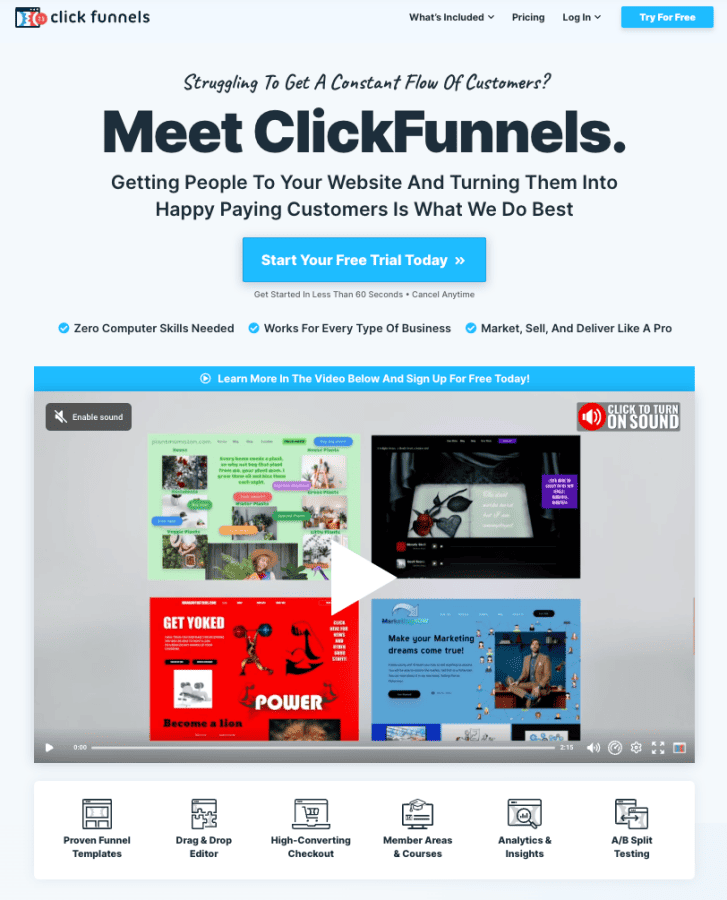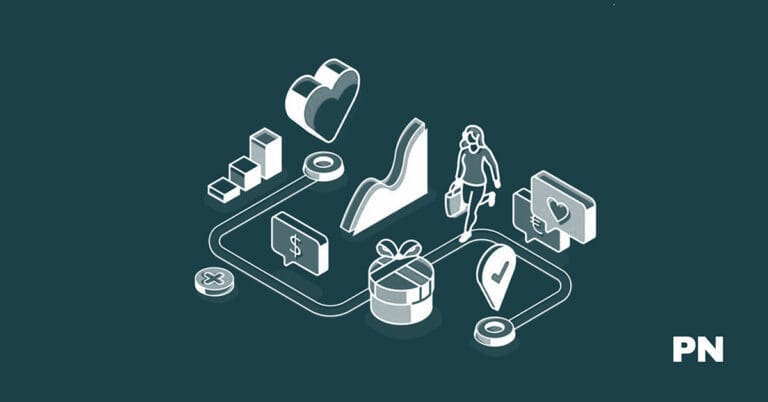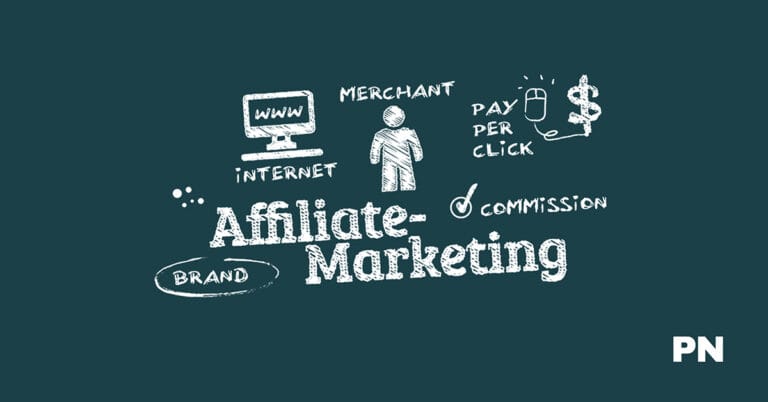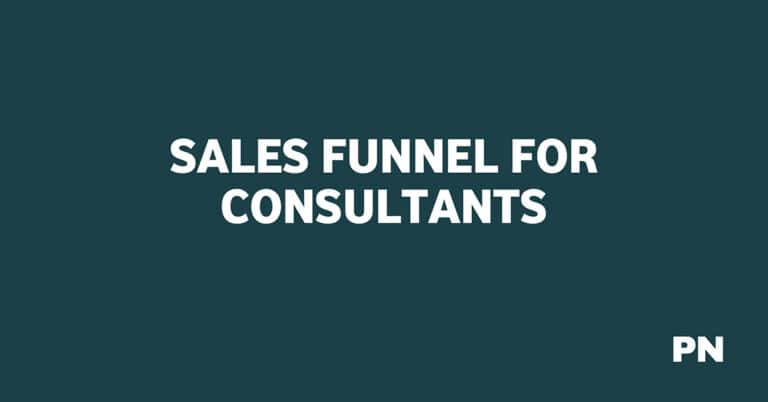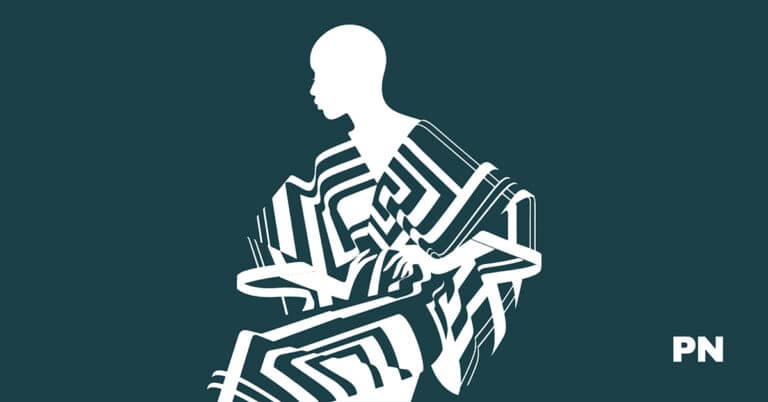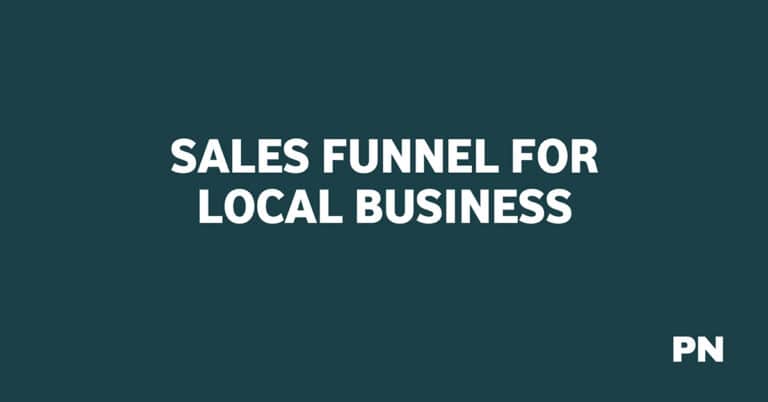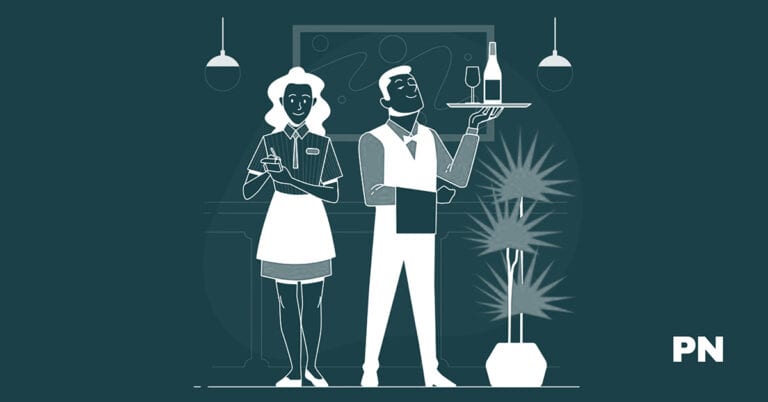Sales Funnel for Facebook Guide
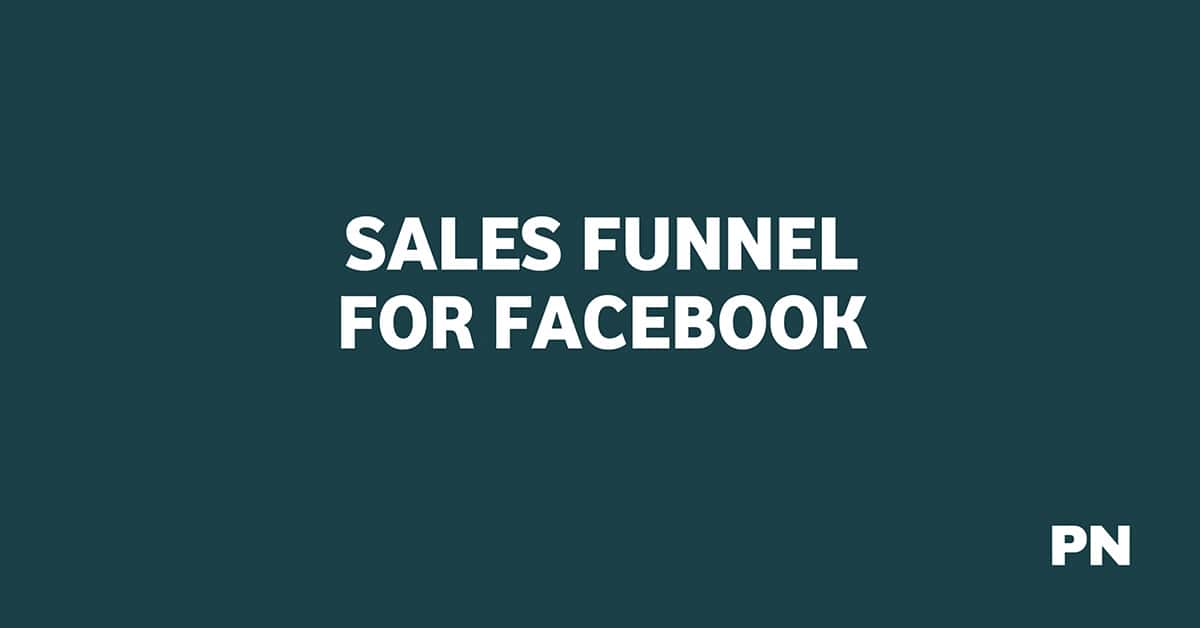
Are you looking to improve your Facebook marketing strategy? A sales funnel can help you achieve your goals by guiding potential customers through buying. Businesses that use a sales funnel see a 68% increase in sales compared to those that don’t.
Creating a sales funnel for Facebook can seem daunting, but it doesn’t have to be. By defining your target audience, creating engaging content, and strategically placing ads, you can guide potential customers through the funnel and increase conversions.
With over 2.8 billion active users on Facebook, it’s no surprise that businesses are turning to the platform to reach their target audience.
In this guide, I will walk you through the steps to create a successful sales funnel on Facebook. From defining your target audience to optimizing your ads, you’ll learn everything you need to know to increase conversions and grow your business.
So, let’s get started!
What is a Facebook Sales Funnel?
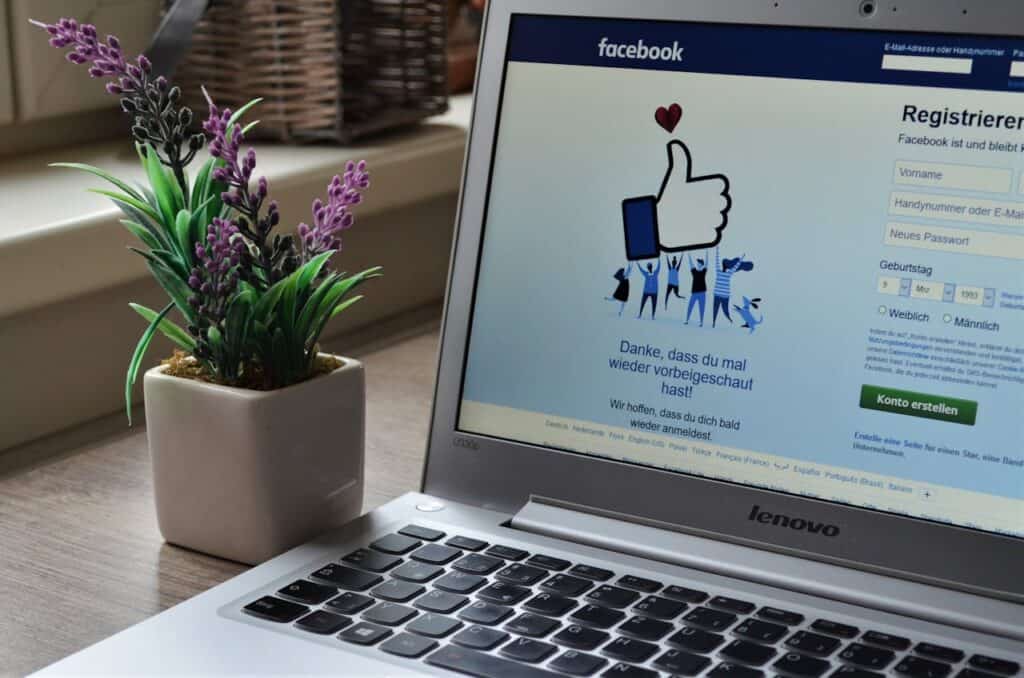
A Facebook sales funnel is a series of steps a potential customer goes through on Facebook before making a purchase. It is a marketing strategy that helps businesses guide potential customers through buying.
A Facebook sales funnel aims to convert potential customers into paying customers.
The Facebook sales funnel is similar to a traditional sales funnel.
It is divided into three main stages: top of the funnel, middle of the funnel, and bottom of the funnel. Each stage has a specific purpose, and businesses use different tactics and ad types to move potential customers from one stage to the next.
Here’s a breakdown of each stage of a Facebook sales funnel:
Top of the Funnel
At the top of the funnel, potential customers become aware of your business. At this stage, they may not be familiar with your brand or what you offer. This stage aims to generate awareness and interest in your industry.
Some tactics that businesses use to attract potential customers at the top of the funnel include:
- Creating engaging content that targets their interests
- Running Facebook ads that target specific demographics or interests
- Offering free resources such as eBooks or webinars in exchange for contact information
Middle of the Funnel
The middle of the funnel is where potential customers start considering your business as a solution to their problem. They may have interacted with your content or ads at the top of the funnel and are now looking for more information.
Some tactics that businesses use to engage potential customers in the middle of the funnel include:
- Providing more in-depth content, such as case studies or product demos
- Offering free trials or consultations
- Running retargeting ads to remind potential customers of your business
Bottom of the Funnel
The bottom of the funnel is where potential customers are ready to purchase. They have already interacted with your business and are now looking for a reason to buy.
Some tactics that businesses use to convert potential customers into paying customers at the bottom of the funnel include:
- Offering exclusive discounts or promotions
- Providing social proof such as customer reviews or testimonials
- Creating urgency with limited-time offers or inventory scarcity
Why Do You Need a Facebook Sales Funnel?
If you want to grow your business, a Facebook sales funnel is necessary. A sales funnel is a marketing strategy that helps you guide potential customers through buying. It’s a series of steps that leads a prospect from awareness to purchase.
Facebook is one of the world’s most popular social media platforms, with over 2 billion active users.
This makes it an ideal platform for businesses to reach their target audience. However, without a sales funnel, your Facebook marketing efforts may not be as effective as they could be.
Here are a few reasons why you need a Facebook sales funnel:
1. Targeted Audience
One of the most significant advantages of using Facebook for marketing is the ability to target your audience. Facebook’s ad targeting options are incredibly precise, allowing you to reach people based on their interests, behaviors, and demographics. You can create targeted ads that speak directly to your ideal customer using a sales funnel.
2. Facebook Pixel
The Facebook pixel is a small piece of code that you can add to your website. It allows you to track website visitors and their behavior, giving valuable insights into how people interact with your site.
Using the pixel with your sales funnel, you can track each buying process step and optimize your campaigns for maximum results.
3. Analytics
Facebook provides a wealth of analytics data to help you improve your marketing efforts. By tracking metrics such as click-through rates, conversion rates, and cost per acquisition, you can identify areas for improvement and make data-driven decisions.
A Facebook sales funnel is essential for any business growing its online presence. You can create effective campaigns that drive results by targeting your audience, using the Facebook pixel, and analyzing your data.
Stages of the Facebook Sales Funnel
When creating a Facebook sales funnel, you need to consider several stages. Each stage is designed to convert Facebook users into customers.
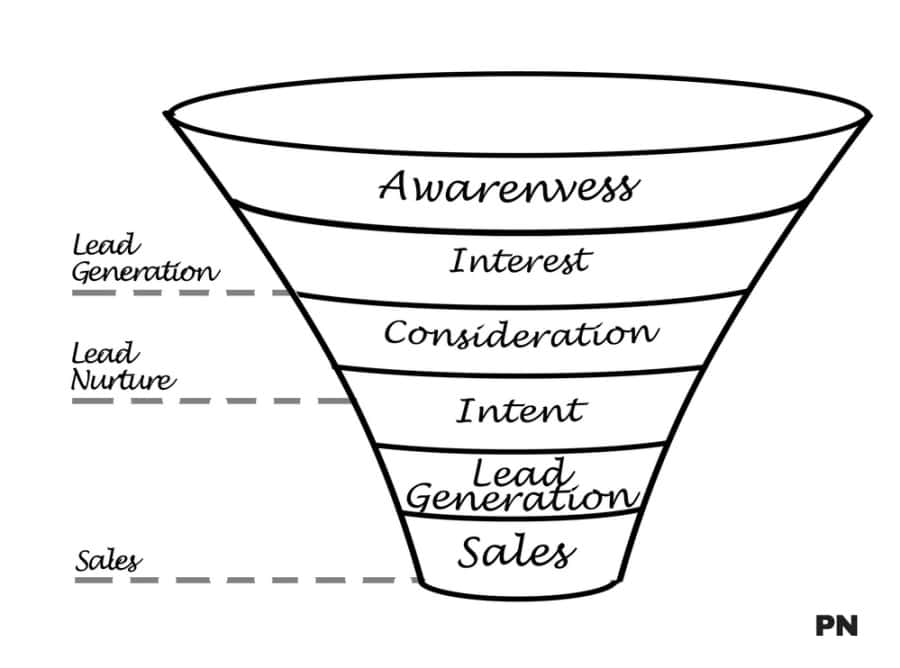
Here are the stages of the Facebook sales funnel:
The Awareness Stage (Top of the Funnel, TOFU)
The first stage of the Facebook sales funnel is the awareness stage.
This is where you want to grab the attention of potential customers and make them aware of your product or service. At this stage, you are not trying to sell anything. Instead, you are trying to create interest and generate leads.
To do this, you can create engaging content such as blog posts, videos, and social media posts that provide value to your target audience. You can also use Facebook ads to target users likely interested in your product or service.
The Consideration/Evaluation Stage (MOFU)
Once you have generated leads, the next stage is the consideration/evaluation stage. At this stage, you want to provide more information about your product or service and convince potential customers that it is worth considering.
You can create content such as case studies, product demos, and customer reviews to do this. You can also use retargeting ads to remind users interested in your product or service to consider it further.
Purchase Stage (Bottom Of The Funnel)
The purchase stage is where you want to convert leads into customers. At this stage, you want to make it as easy for potential customers to purchase. You can create a clear and simple checkout process and offer incentives such as free shipping or a discount code.
Post-Purchase Stage
Once a customer has purchased, you want excellent customer service and follow-up in the post-purchase stage. This can include sending a thank-you email, providing helpful resources, and addressing any concerns or issues that the customer may have.
Repeat Purchase Stage
The final stage of the Facebook sales funnel is the repeat purchase stage. This is where you want to encourage customers to make repeat purchases and become loyal customers. You can offer incentives such as loyalty programs, special offers, and personalized recommendations to do this.
The Facebook sales funnel is a powerful tool for converting users into customers. By understanding the funnel’s stages and providing value at each stage, you can create a successful funnel that drives conversions and grows your business.
How Do I Create a Facebook Sales Funnel?
Creating a Facebook sales funnel can seem daunting, but with the proper steps, you can make a successful funnel that converts leads into customers.
Here are the steps you need to follow and why each one matters:
- Define Your Target Audience: You must know your target audience before creating your Facebook sales funnel. Understanding your audience’s demographics, interests, and pain points will help you create targeted content that resonates with them.
- Create Segmented Content: To create a successful Facebook sales funnel, you must have different types of content at your disposal. This could include blog posts, videos, infographics, webinars, and ebooks. Creating segmented content for each funnel stage will help you move your leads down the funnel more effectively.
- Build a Landing Page: A landing page is crucial to your Facebook sales funnel. It’s the page where your leads will land after clicking on your Facebook ad. Your landing page should be designed to convert your leads into customers and include a clear call to action.
- Create a Facebook Ad: To attract leads to your funnel, you must create a Facebook ad that resonates with your target audience. Your ad should be visually appealing, have a clear message, and include a call to action that encourages your leads to take the next step.
- Set Up a Retargeting Campaign: Not everyone who clicks on your Facebook ad will become a customer. That’s where retargeting comes in. By setting up a retargeting campaign, you can reach out to those who didn’t convert and encourage them to take the next step.
- Measure Your Results: Once your Facebook sales funnel is up and running, measuring your results is essential. By tracking your metrics, you can see what’s working and what’s not and make adjustments to improve your funnel’s performance.
Following these steps, you can create a successful Facebook sales funnel that converts leads into customers. Remember to keep your content targeted, your landing page clear, and your call-to-action prominent.
With the right approach, your Facebook sales funnel can help you grow your business and reach new customers.
What is The Best Funnel Software for Facebook?
When it comes to choosing the best funnel software for Facebook, there are many options. However, one software that stands out from the rest is ClickFunnels. ClickFunnels is a powerful sales funnel builder specifically designed to help entrepreneurs build sales funnels faster and scale/grow their businesses with ease.
One reason ClickFunnels is the best funnel software for Facebook is its integration with Facebook features. ClickFunnels allows you to easily integrate your Facebook ads with your sales funnels, which makes it easier to track your ad campaigns and optimize them for better results.
Another great feature of ClickFunnels is its ability to create upsells and downsells. This means that you can offer your customers additional products or services after they purchase. This is a great way to increase your revenue and maximize your profits.
ClickFunnels also offers free funnel templates that you can use to create your own sales funnels. These templates are designed to help you get started quickly and easily, which is great for entrepreneurs.
ClickFunnels has a built-in shopping cart and checkout system, making it easy for your customers to purchase. This is important because it reduces the friction in the buying process and increases the likelihood of a sale.
Frequently Asked Questions
What is a funnel in Facebook Business?
A Facebook funnel is a marketing approach that guides potential customers through a series of stages toward a specific goal. The goal could be anything from signing up for a newsletter to purchasing.
The funnel filters out people not interested in your product or service, leaving only those more likely to convert.
What are the key stages in developing a Facebook sales funnel?
The key stages in developing a Facebook sales funnel include defining your target audience, creating content that resonates with your audience, and optimizing your funnel for higher conversion rates.
You also need to track and analyze your funnel’s performance to identify areas for improvement.
How do you create an effective Facebook sales funnel?
To create an effective Facebook sales funnel, you should define your target audience.
Once you have identified your target audience, you can create content that resonates with them. You should also optimize your funnel for higher conversion rates by using tactics like retargeting, A/B testing, and personalization.
How can I optimize my Facebook funnel for higher conversion rates?
To optimize your Facebook funnel for higher conversion rates, you must improve the user experience.
This could involve simplifying your landing pages, reducing the number of steps in your funnel, and improving the speed of your website. It would be best if you also used retargeting and personalization to target users who have already shown an interest in your product or service.
What metrics are crucial for analyzing the performance of a Facebook funnel?
The metrics crucial for analyzing a Facebook funnel’s performance include click-through rates, conversion rates, bounce rates, and cost per conversion. By tracking these metrics, you can identify areas for improvement and optimize your funnel for higher conversion rates.
How do industry benchmarks influence Facebook conversion funnel performance?
Industry benchmarks can help you set realistic Facebook conversion funnel performance goals. By comparing your funnel’s performance to industry benchmarks, you can identify areas for improvement and optimize your funnel for higher conversion rates.
However, it’s important to remember that industry benchmarks are just a guide and that your funnel’s performance will depend on a range of factors, including your target audience and the quality of your content.
Wrapping Up
Congratulations on creating your Facebook sales funnel! By following the steps outlined in this guide, you’ve set yourself up for success in converting Facebook users into loyal customers.
Remember, a successful sales funnel requires ongoing optimization and testing. Track your metrics and adjust your strategy accordingly.
Here are some key takeaways to keep in mind:
- Start with a clear understanding of your target audience and their needs.
- Create compelling content that speaks to your audience at every stage of the funnel.
- Use Facebook’s targeting and retargeting features to reach the right people at the right time.
- Optimize your landing pages for conversions.
- Use email marketing to nurture leads and drive sales.
By implementing these strategies, you’ll be well on your way to creating a profitable Facebook sales funnel. Good luck!
Disclosure: We may earn commissions if you buy via links on our website. Commissions don’t affect our opinions or evaluations. We’re also an independent affiliate of many platforms, including ClickFunnels, Kartra, GoHighLevel, Podia, Northwest Registered Agent, and others. We’re not employees of these services. We receive referral payments from them, and the opinions expressed here are our own and are not official statements of these companies.
